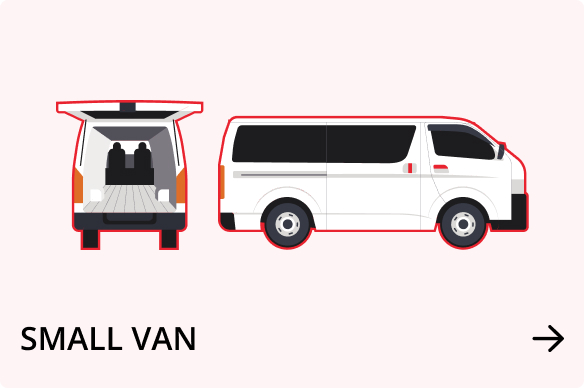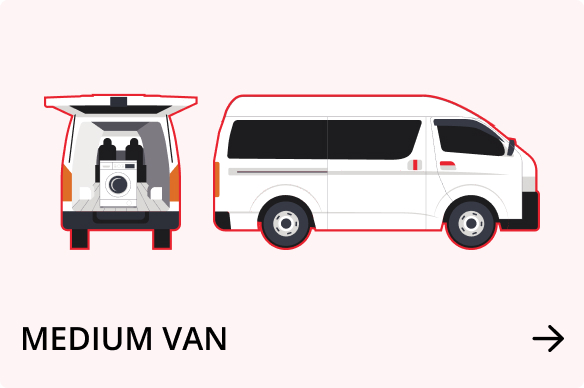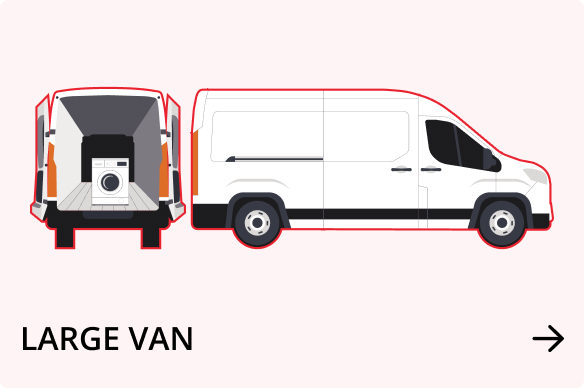Before you begin your move, it is a good idea to learn about what is different about driving in New Zealand.
For example:
- We drive on the left-hand side of the road
- It’s easy to underestimate traveling times
- Our roads are narrower, more winding and sometimes steeper than you might expect
- Our roads are mostly two-way, with one lane in each direction – we have few motorways
- Not all railway crossings have active warnings
- Seat belts are compulsory for everyone in the vehicle
- It’s illegal to use a phone while driving
We want you to have a stress free move and arrive safely at your destination. Therefore it is a good idea to allow for extra time and take lots of breaks. The trip may be slower, but the scenery is amazing so take your time and enjoy your journey.
Before you venture out on our roads
- Read the NZTA booklet for overseas drivers (available in multiple languages)
- Study the road rules in The official New Zealand road code
- Check the Drive Safe website
- for trip planning and driving advice for visitors to New Zealand
- Use this time and distance calculator to understand traveling times in New Zealand
- Make sure you are eligible to drive on our roads. To drive in New Zealand, you must have a current and valid overseas driver license or international driving permit. If you’re here for more than 12 months, you’ll need to gain a New Zealand driver’s license.
Find out more about driver license requirements
Other important things to remember
Avoid fatigue
This is especially important if you have a big house move to do, you are more likely to have an accident if you are tried. Before driving, allow plenty of time to rest when you first arrive in New Zealand and then make sure you get plenty of rest before each long drive. If you can pack the truck the night before so you can set off fresh the next day. Ensure you allow enough time to drive safely between your destinations. If you find your attention wandering when driving, pull over to the roadside, and have a rest, there are plenty of quirky places to grab a coffee and a bite to eat on our roads.
See more tips about how to avoid fatigue while driving.
Watch your speed
Excessive speed is one of the biggest killers on our roads. ALL of our trucks are limited to 90kph, our vans however can be driven at 100kph should the conditions be right.
If there is a line of traffic behind you, find a safe place to pull over and let them go past.
If you are finding that your vehicle is being moved around by wind, remember to reduce your speed and keep the steering wheel level.
Find out more about speed limits and safe speed guidelines.
Alcohol and drugs
Alcohol and drugs, including some drugs given to you by a doctor, can seriously affect your driving. They can slow your reaction times and affect your senses. You risk causing death and serious injury to yourself and other people if you drive under the influence of alcohol or drugs.
Find out more about alcohol and drug limits.
Weather-related hazards
The weather can vary vastly in New Zealand from day to day, we’re almost famous for having 4 seasons in one day. With this said it is important to drive to the conditions and avoid traitorous weather if possible. Check the weather before you head out to make sure you know what your up against. See more tips on driving in bad weather.
Driving a Truck
There are many requirements for driving a truck in New Zealand. The maximum weight a truck can be including its load on a class 1 license is 6,000kg (This is called the GVM). You do not need to worry however, all of our trucks are drivable on a class 1 license and moving MOST things you will not overload it.
Trucks are limited to 90kph on the open road. This applies to all of our trucks. You risk a speeding fine if you choose to drive over this limit which we do not recommend. Remember if you have a stack of traffic behind you it is the LAW to pull over and let them pass, this should only be done in a safe space with enough room to safely stop.
Driving a Van
Driving a van is just like driving a car in New Zealand. You just need to be careful when making turns and reversing as (in most cases) you are sat above the wheels, which gives the van a unique turning circle to a car.
Remember if you have a stack of traffic behind you it is the LAW to pull over and let them pass, this should only be done in a safe space with enough room to safely stop.
Finding your way around
Plan your journey with travel time information, traffic cameras, and updates on delays, roadworks and road closures on the Journey Planner website.
The Automobile Association of New Zealand also has maps of New Zealand and suggested scenic routes for tourists, plus information on car rentals, distances and traveling times, and bus stops and car parks. We recommend that you keep our vehicles on all public roads and do not go to any private or underground car parking facilities.
Traveling by ferry with a truck or van
The only ways to travel between New Zealand’s North and South Islands are by air or sea. There is a choice of ferry services, both of which carry vans and trucks. Depending on what vehicle you have you will need to book it on differently.
When booking a van you will need to select the ‘Van’ option on the Interislander and on the bluebridge you need to select the ‘utes & vans > 5.5m’ option.
When booking our trucks it will be different depending on the size. Our small trucks can be selected as ‘truck less than 2500kg’ and the medium and big trucks as ‘trucks 2500-3500’. On the bluebridge you will either need to book these on as freight or give them a call to discuss your best options.
What’s different about driving in New Zealand?
In NZ we drive on the left hand side of the road and our vehicles are built as right hand drive.
Always drive on the left hand side of the road. You are aiming to keep the vehicle in the middle of your side of the road. Most of New Zealands open roads have thick white line on the outside edge, this is useful as a guide to keep you in the middle of the road.
Never drive when you are tired and take regular breaks, there are plenty of places to stop on our roads.
No matter what country you are driving in, it is extremely dangerous to drive when you are tired especially after a day of packing up. Visitors to NZ can often be tired from jet-lag and especially tired if you are also moving house on top of that. Because driving in New Zealand can be very different to other countries, you need to be well-rested and alert – tired drivers are dangerous drivers, it is a good idea to pack your truck or van the day before a big move.
Many roads have varying conditions, and can be narrow, windy and cover hilly terrain. This is especially important to be aware of when driving a truck.
New Zealand’s diverse terrain means roads are often narrow, hilly and windy with plenty of sharp corners. Outside of our main cities there aren’t a lot of motorways, most of NZ roads are two lane roads, in New Zealand if you have a stack of traffic forming behind you it is a legal requirement for you to pull over where safe and let the traffic past. Stay alert, make sure you know what’s happening around you and if you feel yourself losing concentration, STOP!
It’s easy to underestimate drive times when looking at a map.
Maps don’t show how narrow and windy roads can be. What might look like a short trip can take a long time. For example: Hokitika to the town of Haast, a popular drive for visitors stopping to see New Zealand’s glaciers, is 278km (172mi) on the map and may look like a short 3-hour drive. However, drivers should allow for up to 4 hours’ of driving time because of the windy road. This is common all over New Zealand -always allow for more time than you think you’ll need.
Weather-related hazards are commonplace.
In New Zealand, you might experience four seasons in one day we’re almost famous for it. It’s possible to start your day off with blue sky and sunshine, but arrive at your destination in rain and hail. Because of this, weather related hazards on the road can occur at any time. Always check the weather forecast before departing, and adjust your plans accordingly. If you’re driving in the South Island in winter, spring or late autumn, snow is a possibility – ensure that you’re carrying chains if a cold snap has been forecast. Most rental companies will provide you with chains and demonstrate how to fit them.
Winter roads can be treacherous.
Snow, ice and fog are common occurrences in New Zealand especially in the south island, remember to be aware and cautious when driving on winter roads, always drive to the conditions and allow for extra time.
Not all New Zealand rail crossings have automatic alarms.
Only half of the 1500 rail crossings in New Zealand have automatic alarms. When red lights are flashing it means a train is coming so stop and only proceed once the lights have stopped flashing. Other crossings have a ‘Railway Crossing’ sign and give way or stop signs only. If you see this, stop, look both ways and only cross the track if there are no trains approaching.
In addition to the above, it’s a good idea to get familiar with important New Zealand road rules before your arrival.






